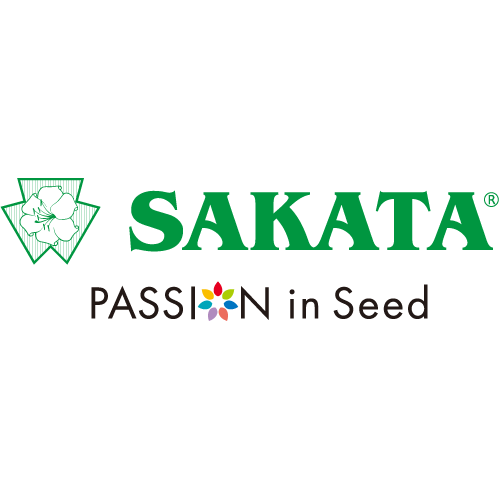

For further information contact Pam Lloyd PR
on 0117 924 7220, email fresh@pamlloyd.com

Shallots are grown across 370 acres of light, sandy soils in eastern England namely; Cambridgeshire, Lincolnshire and Bedfordshire. The shallot growing year starts at the end of the February in the UK, as soon as the soil starts to warm up and the shallots are harvested throughout July and August.
Because shallots are a specialist crop, they require a great deal of care from sowing the seeds or plants to harvesting the bulbs and storing them.
We have to make sure that the number of shallot plants in a field is just right - too many and the shallots will be too small, too few and the shallots will be too big. It is also important that the plants are allowed to grow without too much interference so that they produce the best possible results – good for the environment and for you.
Our shallots get plenty of hours of daylight during the summer which means our farmers can grow high quality varieties. These produce firm brown or red skinned round or oval shaped bulbs. As well as tasting great these varieties also store very well and this allows us to ensure a year round supply of high quality British shallots.
Before harvesting can begin, the leaves of the crop must fall over naturally and, as a rule of thumb, 40% of the leaf area must also have turned yellow. The crop is then ‘topped’, which means the leaves are mechanically removed. Two hours later the shallots are lifted out of the ground and left in broad rows in the field, a process known as windrowing.
The shallots are then left in the field to dry. This takes anything from 6 to 48 hours, depending on the weather. The crop is then lifted from the field into trailers and taken to temperature controlled stores for further drying. After four weeks the drying process is complete. The shallots are now ready to be inspected to make sure they meet our strict standards.
Shallots are cultivated in Holland, Denmark, France, the United States, SE Asia and China. There are many different varieties of shallot grown around the world and these vary in colour, shape, size and flavour. This is decided by the number of day light hours in each country.
The shallots cultivated in Asia tend to be small, irregularly shaped and have red skins. Danish and Dutch shallots are often yellow-skinned. In France there is considerable regional variation resulting in a wide range of different shaped shallots from round to long and thin.
The French grey shallot or griselle, which is considered by some to be the "true shallot", is Allium oschaninii, a species that grows wild from Central to Southwest Asia.
We’ve got a long way to go to catch up with South East Asia, where shallots are used extremely widely. 120,000 acres of shallots are grown there!
.jpg)